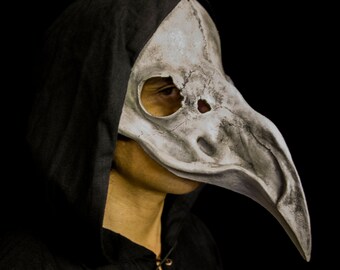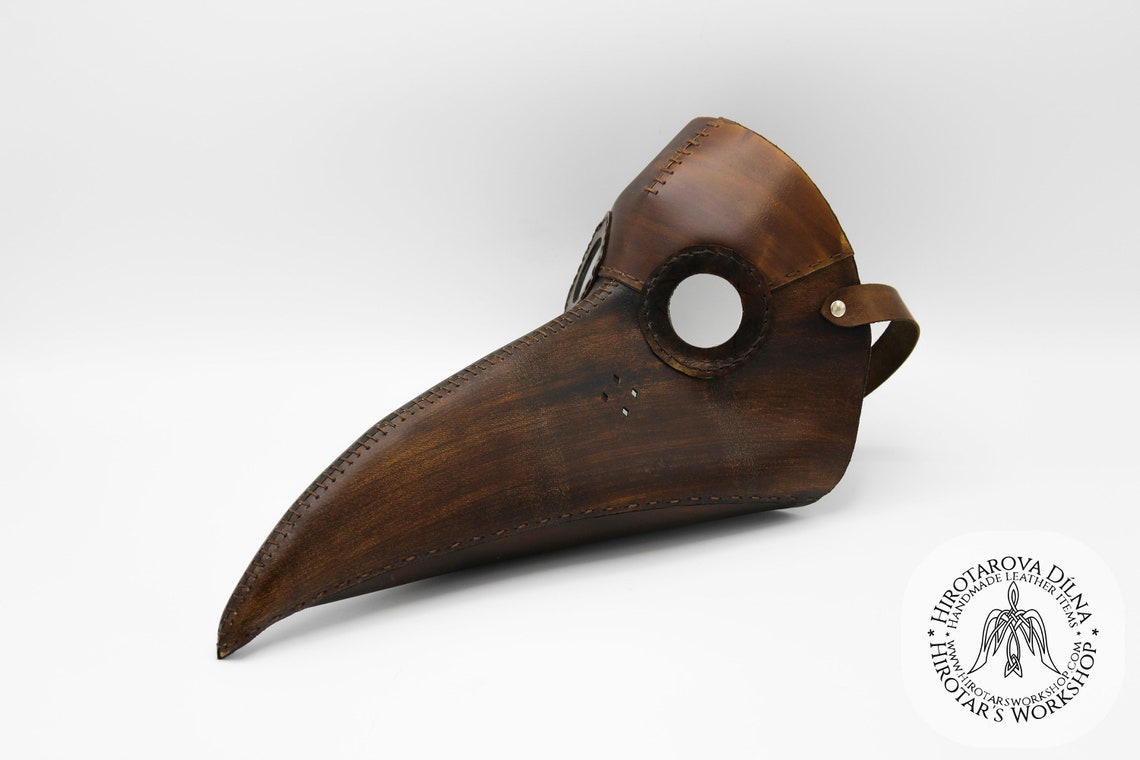

Fewer than five plague doctor masks are preserved in European museum collections, some of which are missing and all of which have somewhat dubious provenance. The material record is just as problematic. Adopted as a costume in the Commedia dell’arte and at the Venice carnival, and represented in the popular video game Assassin’s Creed, the plague doctor mask has become a culturally dominant image of the early modern mask, even if there are few contemporary sources that corroborate its use in Europe.Ī digital reconstruction of the Ingolstadt mask. A broadside depicting an Italian doctor named “Doctor Beak” (Doctor Schnabel) in this garb was also printed in Nuremberg in 1656, suggesting that this Italian plague outfit was a peculiarity in Northern Europe, and was perhaps even a source of satire.

In a description of clothing worn by doctors during epidemics, the Copenhagen doctor Thomas Bartholin (1616–1680) wrote that plague doctors in Rome wore pressed linen garments in order that disease not stick to their clothes, and a beak mask to hold fragrance. But there is little evidence that Delorme or his peers actually used such masks, and the earliest account of the use of a beak mask comes from the 1661 Danish account of the 1656 plague of Rome. Fragrant herbs and vinegar could counteract this foul air, and so the mask’s function was to filter scents. These masks responded to the belief that plague and other diseases were spread through pestilential air or ‘miasma’, which if inhaled could corrupt the body.

Purportedly designed by Charles Delorme (1584–1678), physician to three French kings (Henry IV, Louis XIII, and Louis XIV), early modern PPE comprised a long overcoat, gloves, boots, a waxed leather hat, goggles, and a conical mask filled with perfume.

Perhaps the most iconic early modern masks are the beak-shaped facial coverings associated with plague doctors.
#DID THE PLAGUE DOCTOR MASK WORK LICENSE#
Masks for Plagueĭoctor Schnabel von Rom,’ (Nuremberg: Paulus Fürst, 1656), engraving, 30.1 x 21.6cm, British Museum, 1876,0510.512 © The Trustees of the British Museum (CC BY-NC-SA 4.0) license Masks might be ‘new’ accessories in the wardrobes of this generation, but they have a long history. Wearing – or not wearing – a mask is a political, medical, and ethical act, but it can also be a fashion statement. Cloth masks with bright prints, beaded ties and even ruffled edges have become big business, and, you can turn to Vogue to discover the most stylish (and expensive) options on the market. Single use non-biodegradable masks are filling landfills by the billion, and the medical industry is asking us to reserve the highest quality of N-95 masks for healthcare professionals. Designers have capitalised on the opportunity to brand and monetise the public health crisis, while those of us with sewing skills have started cottage industry production lines to provide them for friends and family. Choice of materials and maker has become important as consumers are chastised for their mask selection. As countries mandate their use in public spaces to combat the spread of Covid-19, many of us have started to wear masks for the first time, and they have become an essential part of one’s outfit. But it has been sartorially remarkable for the almost-overnight success of one formerly niche accessory: the mask. 2020 is unlikely to be recorded in the history books as a particularly fashionable year, as many of us have turned to neck-up ‘zoom-ready’ looks, elasticated waistbands, and slippers for comfort.


 0 kommentar(er)
0 kommentar(er)
